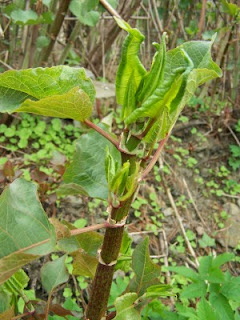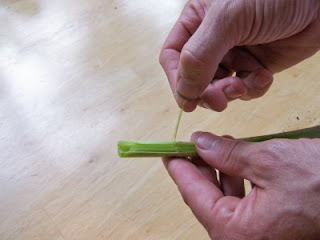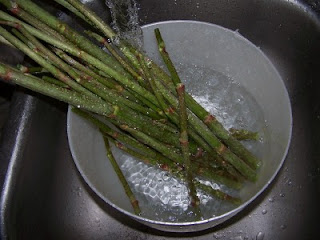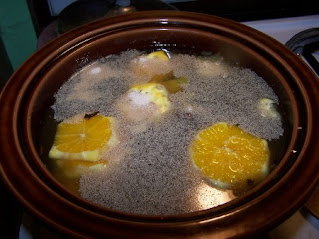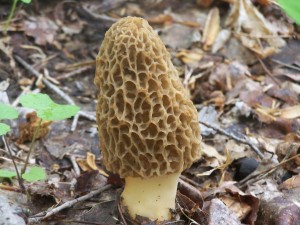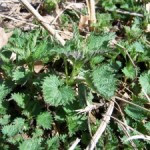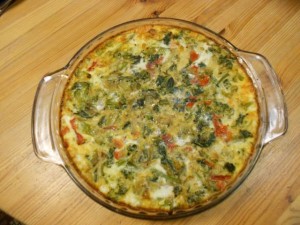Originally called "Dandelion Bread," I changed the name of the recipe to Dandelion Tea Cake, because this is much more cake-like than bread-like (think Zucchini Bread.)
The original recipe is from the Food Storage and Survival Blog.
I altered it a bit to make it gluten-free, dairy-free and practically oil-free.
First you'll need to gather a lot of dandelion flowers, which shouldn't be too hard this time of year! Then pinch off the green underpart and toss the yellow petals into a bowl. It's ok if there is a bit of green here and there, but the greens are bitter, so the more you can remove the better.
Ingredients:
- 2 cups buckwheat flour (I ground buckwheat grouts in a coffee grinder)
- 2 tsp baking powder
- 1/2 tsp salt
- 1 1/2 cups dandelion petals
- 1 mashed banana with drizzle olive oil (I used in place of 1/4 c veg oil)
- 1/2 c maple syrup
- 1 egg, beaten
- 1 1/3 cup cashew milk
- 1 tsp vanilla extract
Directions:
- Preheat oven to 400 Fahrenheit.
- Mix dry ingredients, including dandelion petals, into bowl.
- Mix wet ingredients in another bowl, then combine with dry ingredients.
- Pour into oiled loaf pan.
- Bake at 400 for 25 minutes, then turn down heat to 350 and bake 20 more minutes.
Delicious served warm with tea. I boiled the extra dandelion flowers (greens and all) into a tea, to which I added a little honey.
I ate it plain, but it is also good topped with honey or butter.
Tea Time!!!
Happy Foraging!
~ Melissa Sokulski
Food Under Foot




